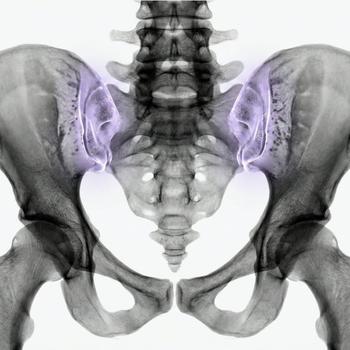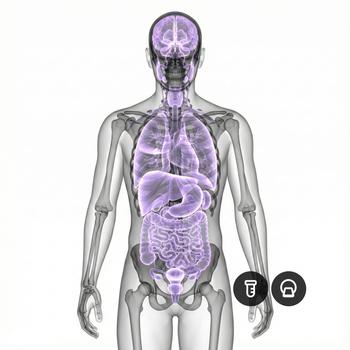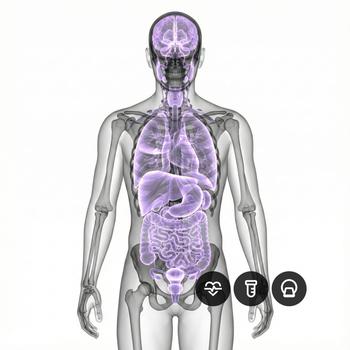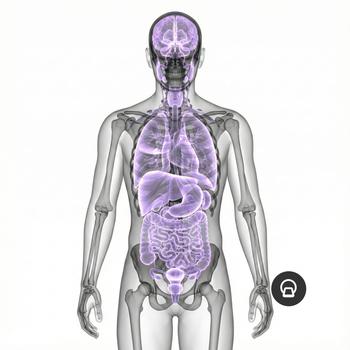Quick version
The pelvis is a stable structure that supports the upper body, enables movement, and protects internal organs, but can be affected by pain and instability.
- Consists of the hip bone, sacrum, and symphysis
- Supports the torso and transmits force to the legs
- Protects the urinary tract, intestines, and reproductive organs
- Common complaints include joint dislocation and pelvic pain
- Diagnosed with clinical tests and imaging
What is the pelvis?
The pelvis is a bony structure at the bottom of the torso that consists of the sacrum, the coccyx, and the two hip bones. It forms a stable bowl-shaped structure that supports the upper body and connects the spine to the legs.
Anatomy and structure
The pelvis consists of several bones that together form the pelvic girdle: the ilium, ischium, and pubis. In the center of the pelvis is the symphysis, a cartilaginous joint, and the sacroiliac joints that attach the pelvis to the spine. Inside the pelvis are also the pelvic floor muscles that support internal organs.
Functions
The pelvis provides support for the torso, protects the bladder, intestines and internal genitals and enables movement in the hip joints. During pregnancy, the mobility of the pelvis changes, which affects the load. The pelvic floor controls continence and has an important function in sexual health.
Stability and movement
Despite its stability, the pelvis can allow small movements in the joints, especially in women. Movements in the sacroiliac joints and the symphysis can affect balance and gait. Imbalance in the muscles or joint instability can cause pain.
Common conditions and diseases
Pain in the pelvis can be due to pregnancy, joint dislocation, pelvic floor dysfunction, inflammation of the joints (e.g. sacroiliitis) or trauma such as pelvic fracture. Muscle tension and incorrect loading are also common causes.
Examination and diagnosis
Diagnosis of pelvic problems is based on history, palpation, movement tests and functional tests. Imaging diagnostics such as X-rays, MRI of the pelvis or ultrasound can be used to assess joints, bones and soft tissues. Blood tests such as CRP and SR can rule out inflammation or infection.
Relevant symptoms
- Low back, buttock, or groin pain
- Instability or clicking sound with movement
- Tenderness over the symphysis or SI joints
- Pain when walking or turning in bed
- Urinary leakage or pelvic floor problems
Related conditions and diagnoses
- Pelvic pain during pregnancy
- Symphysiolysis (joint degeneration)
- Sacroiliitis (inflammation of the SI joints)
- Pelvic floor dysfunction
- Pelvic fracture

























